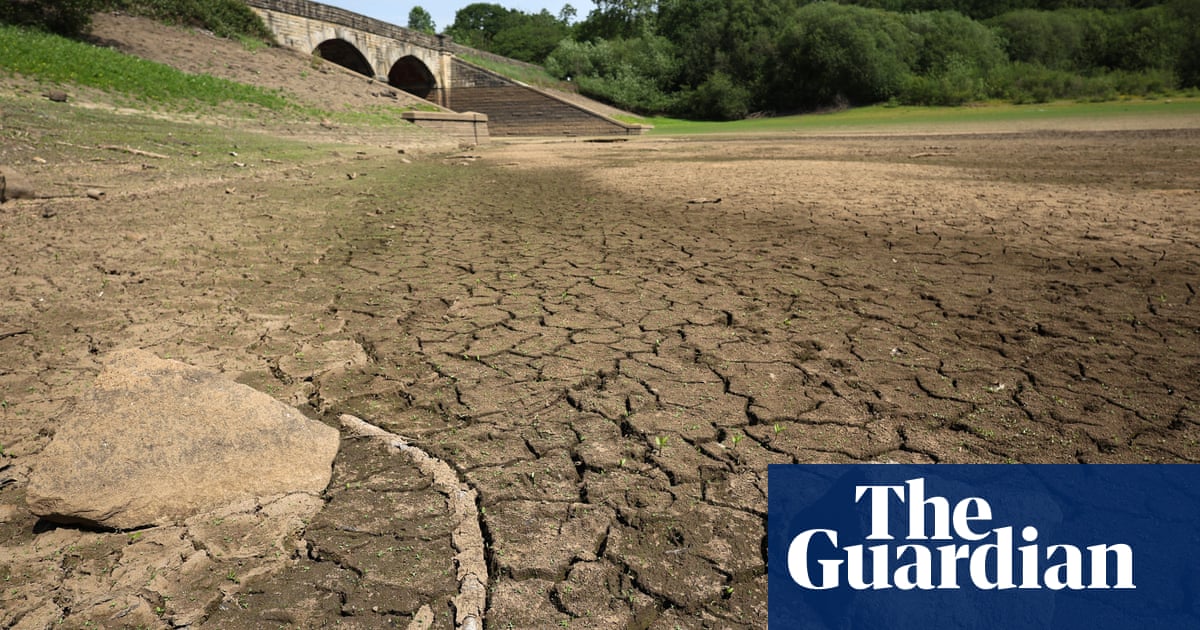Large parts of northernEnglandcould be hit with thunderstorms on Saturday after the hot weather that has spread across the country.
Temperatures could reach up to 34C (93F) in isolated areas of England, but some places might be hit by rain, hail and lightning, the Met Office has said.
A yellowweather warning for thunderstorms is in place from 3pm on Saturday until 4am on Sunday, covering a large area stretching from Nottingham to north of Newcastle.
The Met Office said the most intense storms could produce “frequent lightning, large hail and gusty winds”. It said there might be a chance of flooding after the ground had hardened during the dry weather.
A number of areas could reach heatwave thresholds on Friday if high temperatures are recorded for a third consecutive day.
The Met Office spokesperson Nicola Maxey said: “There are scattered thunderstorms coming through. Some of the rain could be quite intense, and frequent lightning, hail, gusty winds and some heavy downpours, which we haven’t seen for a while.
“Some of the ground is quite hard at the moment, and when you get heavy rain hitting hard ground, it can cause surface water issues. You might find surface water on the roads, drains finding it difficult to cope, and a small chance of homes being flooded.”
An official heatwave is recorded when areas reach a certain temperature for three consecutive days, with thresholds varying from 25C to 28C in different parts of the UK.
Temperatures reached32.2C in Kew, west London, on Thursday, with an amber heat-health alert in place for all regions in England.
Sign up toFirst Edition
Our morning email breaks down the key stories of the day, telling you what’s happening and why it matters
after newsletter promotion
Issued by the UK Health Security Agency for the first time since September 2023, it will remain in place until 9am on Monday. It says “significant impacts are likely” across health and social care services because of high temperatures.
During 2022’s heatwave, when temperatures rose past 40C, 320 people were hospitalised for heat-related illness.
Steve Cole, the policy director at the Royal Society for the Prevention of Accidents, said: “Heat is no longer just a holiday perk – it’s a growing public health risk.
“We’re seeing more frequent and intense heatwaves, both in the UK and globally, and the data shows a clear rise in heat-related illness and fatalities.”
Human-caused climate breakdown is supercharging extreme weather around the world, driving more frequent and more deadly disasters, from heatwaves to floods to wildfires.
